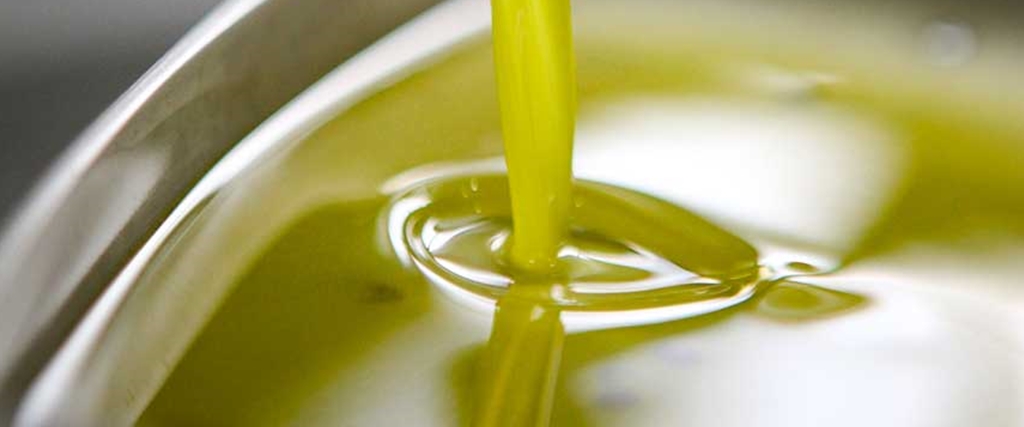Bullish Forecast For Olive Oil Prices
The bullish forecast for olive oil prices is coming true.
In recent weeks, various official bodies and economic agents have been speaking very negatively of the olive oil production chain. Both oil mills and farmers are being demonized, accusing them of taking advantage of the bullish market situation to achieve higher margins.
We like to think well and therefore, we believe that these statements are born from a profound lack of knowledge about market regulation mechanisms. Therefore we want to explain how it works:
The olive oil market is regulated exclusively by supply and demand and price indices are published on POOLred as we already talked about in a social media post (https://www.instagram.com/p/Cv-JXoyMsaK /?utm_source=ig_web_copy_link&igshid=MzRlODBiNWFlZA==)
What is POOLred and how does it work?
POOLred is a system that collects olive oil prices in real time, as well as other relevant and representative data of the market, the result of the statistical treatment of all purchase and sale operations between producing and marketing entities.
In this way, the price is regulated and the system is totally transparent so that our farmers can choose the time and price at which they wish to quote their production.
Current situation:
We have had a minimum harvest for two years, production has dropped to historic lows and olive oil stocks are already minimal in most oil mills.
Farmers:
Despite the low production, the costs are similar since the surface to be cultivated is the same: same expense in fertilizing, irrigation and treatments…
In our area it is estimated that production will drop on average by more than 70%, making it difficult for fixed costs to be covered.
Oil factory:
We are starting from a year in which production has not managed to cover fixed operating costs mainly due to two circumstances: Harvest volume and energy price.
Although this year the price of energy is not as high, production has decreased even more. With the average industrial margin of 5%, fixed operating costs will hardly be covered.
In conclusion, no one benefits from the situation we suffer in the countryside, neither farmers, nor producers, nor consumers.
We hope that the drought situation improves and that temperatures respect the phenological cycles of the olive grove.

